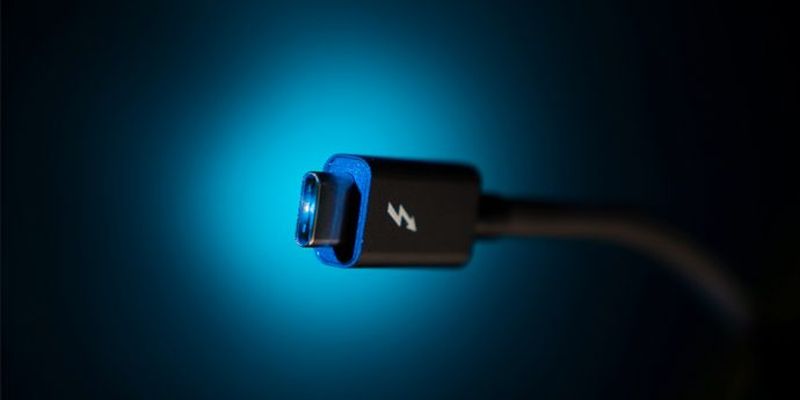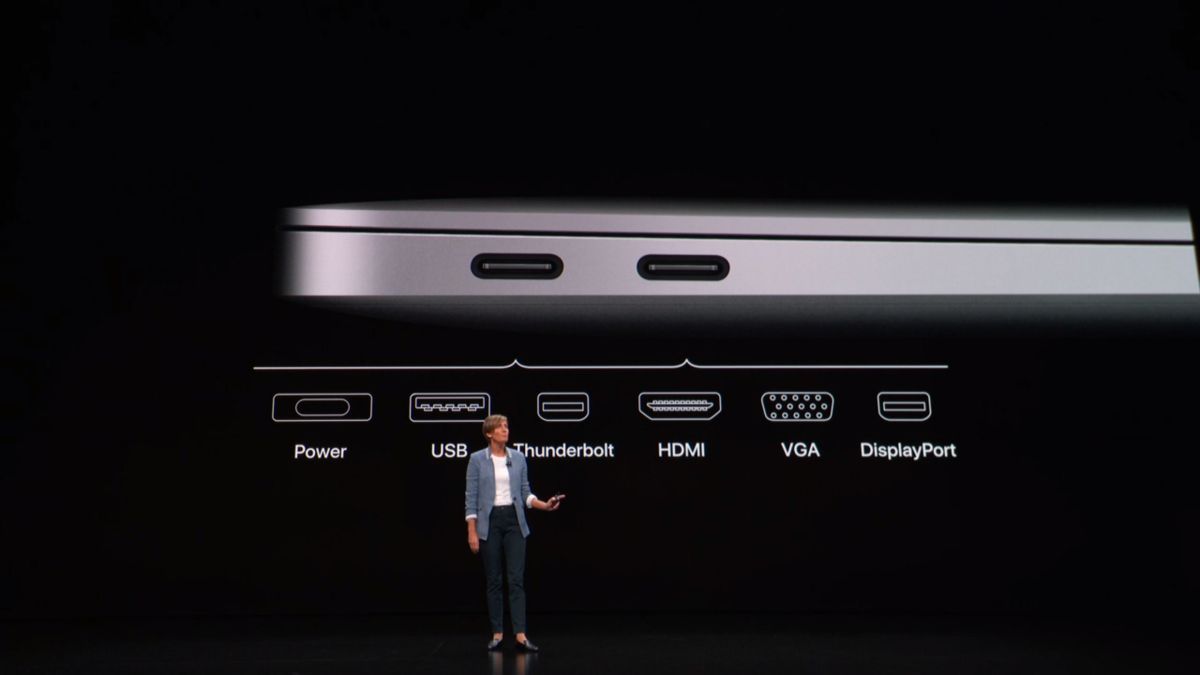To be precise, USB 4 will utilise dual channel connectivity, which in turn will allows transfer speeds of up to 40Gbps. Even on currently existing 40Gbps-certified cables. If that wasn’t enough, it’s been reported that the new standard will be based on the Intel’s Thunderbolt 3 interface whom – as it turns out – recently released the interface’s protocol specifications to USB-IF. The applications of the current Thunderbolt 3 standard is bountiful, to say the least. Through the interface, consumers are able to game with a connection to an external hub; expand the number of ports through a third-party dock; providing enough video bandwidth for over multiple 4K displays; and even support charging speeds of up to 100W.
As fascinating as it is, it’s essential to remember that the Thunderbolt 3 interface isn’t groundbreaking, and has been around since its introduction back in 2011 with Apple. Besides the fruit company and its MacBooks, only a handful of other PC component manufacturers have used the interface. Unsurprisingly, there appear to be some caveats to the technology. For starters, it isn’t available just yet. More importantly (and theoretically), gaining access to those transfer speeds seems only accessible via Thunderbolt 3 and USB 3.x cables, and not just any readily available USB-C cables.
At this stage, there’s still no exact date of launch for USB 4. However, The Verge suggests that it could take as long as 18 months before we’ll get to see any devices fitted with the new standard. In other words, it’s very likely that we won’t see a USB 4-certified notebook or system until 2021. (Source: 9to5Mac, Engadget, The Verge, TechCrunch, Intel)

